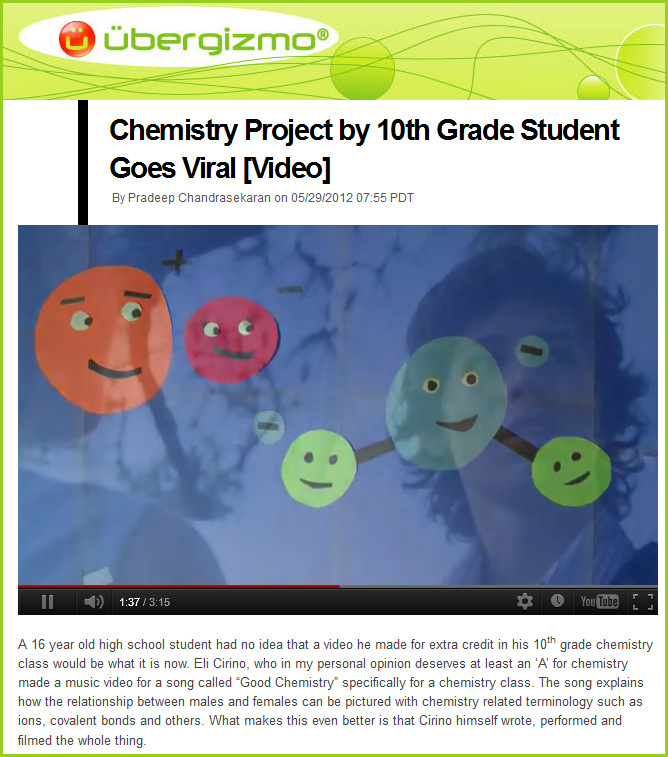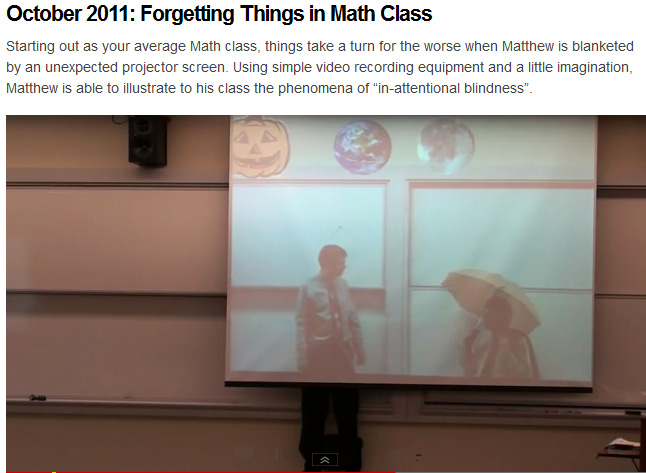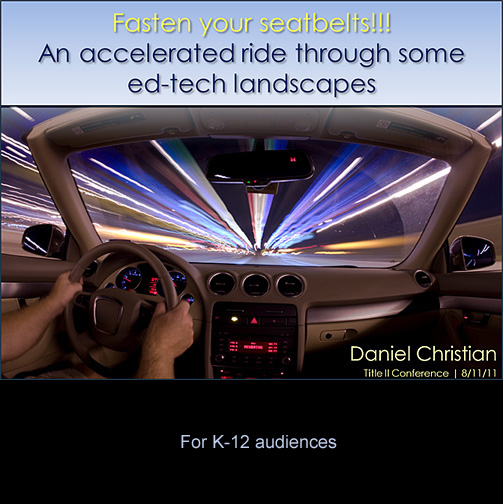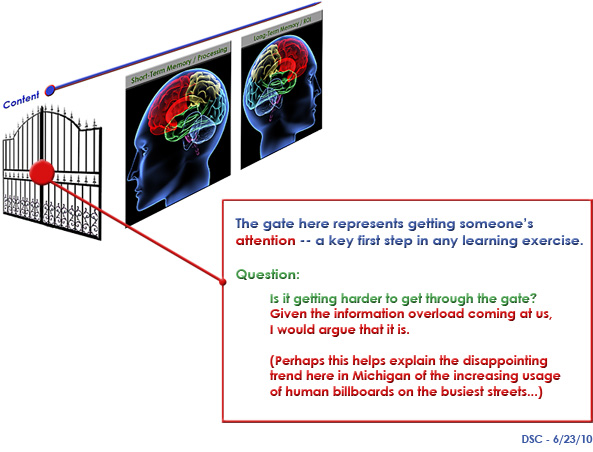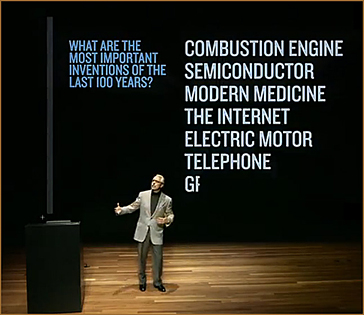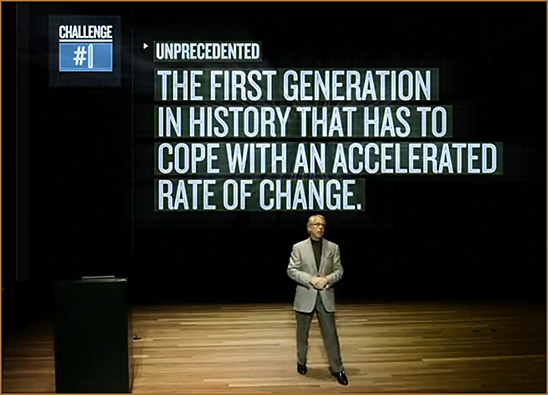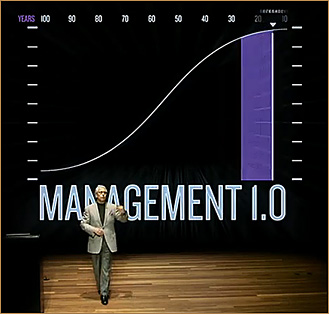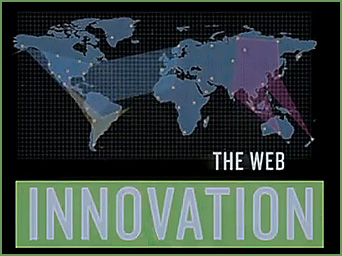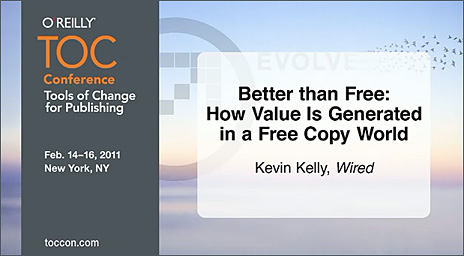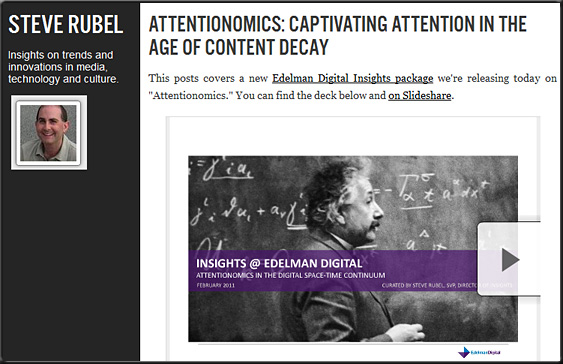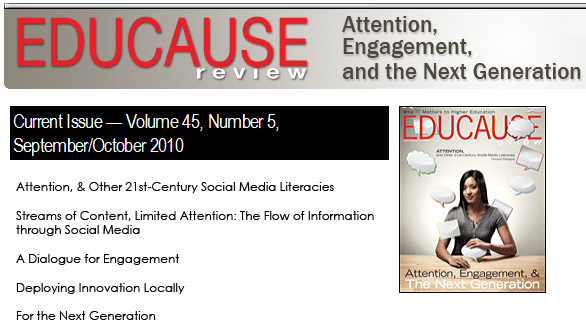The Digital Revolution and Higher Education — from the Pew Research Center by Kim Parker, Amanda Lenhart, and Kathleen Moore
College Presidents, Public Differ on Value of Online Learning
Excerpt:
This report is based on findings from a pair of Pew Research Center surveys conducted in spring 2011. One is a telephone survey of a nationally representative sample of 2,142 adults ages 18 and older. The other is an online survey, done in association with the Chronicle of Higher Education, among the presidents of 1,055 two-year and four-year private, public, and for-profit colleges and universities.
Here is a summary of key findings…
From DSC:
First, [perhaps it’s in the appendices, but] how many of the people out in the public who were surveyed have actually taken an online class? If so, how many classes (each) have they taken and when did they take them? From whom did they take them? My guess is that most of them have never taken a class online.
Secondly, I wonder how many people thought that the telephone was a useful instrument/communication device shortly after it was introduced? Perhaps not too many…but did you use one today? Yesterday? I bet you did. I did…several times; and I bet that the same will be true of online learning (as online learning didn’t really begin to be used until the late 90’s).
The question is not whether online learning will blow away the face-to-face classroom, it’s when this will occur…? There will be many reasons for this, but the key one will be that you are putting up a team of specialists instead of using just one person. If they are reeeeaaaalllyy good (and a rare talent), that person can do the trick for now; but their success/job will continue to be increasingly difficult to perform, as they continue to pick up new hats each year, as the students’ attention spans and expectations continue to change, as lower cost models continue to emerge, etc, etc…
As Christensen, Horn, and Johnson assert, the innovation is taking place in the online learning world, and it will eventually surpass what’s possible (if it hasn’t already) in the face-to-face classrooms.










